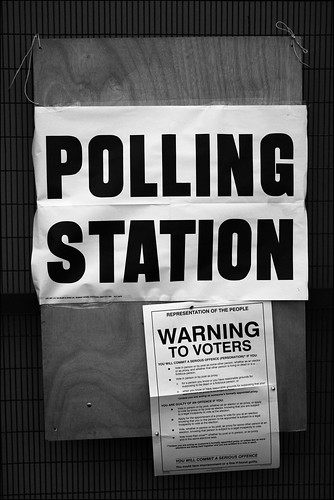 Rep. Peter King of the US House of Representatives recently sent a letter to Secretary Janet Napolitano, head of the Department of Homeland Security (which oversees TSA), and among other requests asked DHS how it was addressing the repeated posting of the security manual on other web sites and "what legal actions, if any, could be taken to compel its removal."
Rep. Peter King of the US House of Representatives recently sent a letter to Secretary Janet Napolitano, head of the Department of Homeland Security (which oversees TSA), and among other requests asked DHS how it was addressing the repeated posting of the security manual on other web sites and "what legal actions, if any, could be taken to compel its removal."AirSafeNews.com is not one of those sites that has posted copies of the unredacted security manual. However, it has provided links to both the redacted and unredacted versions of the document that are hosted by its partner site AirSafe.com.
However, by the time AirSafeNews.com first wrote about this document, it was already available in a wide variety of places, including major US media organizations like ABC News, and CBS News; and also at document sharing sites like Scribd.com. The document is also available at sites the specialize in releasing secret and restricted government and corporate documents such as Cryptome.com and Wikileaks.org. A search on Google or Bing would quickly reveal many other sites that have either the document or links to the document.
Even if all online copies were to disappear from the web tomorrow, it has likely already been downloaded millions of times around the world. The unredacted copy hosted at AirSafe.com was downloaded over 4,000 times in the first two days that it was available. The reality of the Internet is that it is an international enterprise, and no single nation, not even the United States, can eliminate access to a document. Once a document is available online, it is very, very difficult to make it unavailable online. Using legal means to remove the TSA document from the Internet would be at best an exercise in futility.
Survey Responses
Earlier this week, we put out a survey asking three questions about this latest TSA scandal. The survey in the article asked three questions, and 21 members of the AirSafe.com audience responded.

The the first question asked for a yes or no response. The second question had as response choices Yes, No, Maybe, and Other. The third question asked for a general response. The questions and their responses were as follows:
1. Did you download and review the TSA report?
Thirteen had downloaded the document, and eight did not.
2. Should the head of the TSA resign?
Nine believed that the head of the TSA should not resign, seven thought the head should resign, four said maybe, and one did not respond.
3. Tell Us What You Think About this Situation
The responses are included below with only slight editing for spelling and grammar:
- No-one should be exempted from screening now that we know who has been allowed in without a check.
- Whoever is in charge of the section responsible for dissemination of documents.
- It's unfortunate maybe the guy who didnt black out the areas correctly should resign.
- I do not care about very strict screening, it has to be, what matters to me is security.
- I downloaded the manual but did not review fully. Yes he should resign, same with the fellow that made the document public. TSA should learn from this and ensure they do not create additional work for themselves and avoidable delays for the rest of us at the airports.
- This was an accident; not so serious one, in my opinion.
- It puts the traveling public in danger.
- I think that if this is typical of how our government functions, then it's no wonder half of Americans have no faith in the ability of the government to run things like health care. Whoever is responsible for this error should be fired and steps should be taken to be sure this doesn't happen in the future. First of all they need a competent IT person to do this sort of thing.
- Absolutely unacceptable and sooooooo stupid!!
- Really? You people (presumably those behind AirSafeNews.com) are just feeding the fire and all of you who keep circulating this information should be tried as traitors to the US Constitution.
- Typical no-brainer attitude. Shouldn't try something unless you know what you are doing.
- I don't feel safer.
- Use it to prevent other occurrences...firing only encourages cover ups.
- The responsible employee should resign.
Related Articles
TSA Releases Extremely Sensitive Security Information Online
How the TSA Could Have Easily Avoided Its Recent Security Problem
Resources
Full TSA report
Redacted TSA report
TSA prohibited and restricted Items
TSA Statement from December 9, 2009
Original AirSafeNews.com article on this topic
NSA procedures for redacting a document
Microsoft advice for minimizing metadata in Word documents
Tools for removing hidden data from Government Computer News
Photo: gregoryjameswalsh












